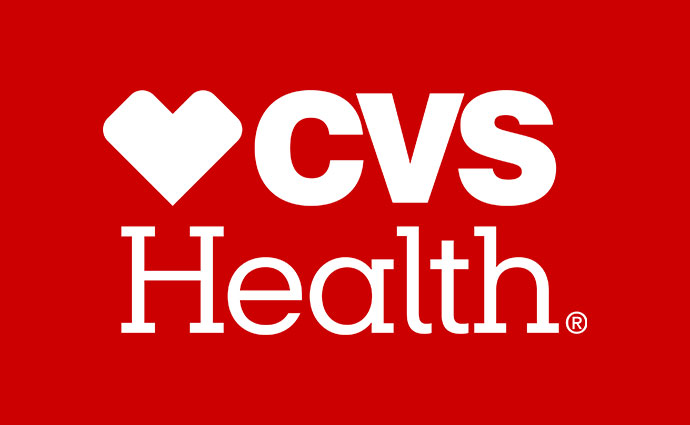Aetna Will Offer Some Gene Therapies As Standard Medical Benefit
Aetna established a provider network for gene therapies which will be available to fully-insured and self-insured employers as a standard medical benefit in 2022.

Source: CVS Health Logo
- Aetna members will have better access to gene therapies in 2022, the payer announced.
“Gene therapy is poised for significant growth in the coming years, and the promise of durable improvement for patients with challenging diseases is exciting,” Joanne Armstrong, MD, chief medical officer of women's health and genomics at CVS Health, said in the press release.
“Yet, high costs associated with these therapies continue to pose a significant challenge. It is therefore vital that they are delivered by highly-specialized providers in an environment that can provide the patient receiving the therapy a high potential of a successful outcome.”
Aetna plans to deliver gene therapy and similar services by creating a network of providers in this field, which the payer calls its Gene-based, Cellular, and Other Innovative Therapies (GCIT) network.
The network consists of 75 providers that have proven their ability to deliver high-quality care. Network providers must meet certain manufacturer-specific guidelines in addition to Aetna’s own standards regarding price and credentialing.
Together, these providers will be able to offer three types of retinal disease and spinal muscular atrophy services to members in 2022: Luxturna, Spinraza, and Zolgensma.
In addition to these 75 service providers, Aetna has established a clinical team to assist with patient navigation. This team may address not only members’ clinical needs but also may help them overcome social determinants of health barriers that challenge their access to care.
For example, a member who requires gene therapy services but who must travel 100 miles or more to access Aetna’s service provider may lean on the clinical team to set up their lodging and travel plans for the trip.
“We’re creating a differentiated provider network that our customers can experience as being caring, connected and convenient,” Richard Gentleman, executive director of national partner strategy at Aetna, explained.
“Our multi-pronged approach encompasses safety, member access to cutting-edge therapies, and cost management to support the medical and economic needs of our members and customers. It also paves the way for future FDA-approved gene therapies to be added quickly and cost-effectively so that we can help more people achieve their best health,” Gentleman added.
The network may be a standard medical benefit for fully-insured plans and self-insured and CVS Caremark clients and Aetna plan sponsors without traditional stop-loss insurance will also be able to receive some level of coverage from the network. It takes effect on January 1, 2022.
The high cost of rare disease care demands new solutions. In 2019, rare disease healthcare spending surpassed spending on some of the most expensive chronic diseases, totaling nearly $966 billion and exceeding spending for diabetes, cancer, and heart disease. Over a third of that $966 billion went toward medical costs.
As a result, payers are rethinking their strategies around rare disease care management and spending patterns.
For example, UnitedHealth Group instituted a rare disease care center to help connect families with a child suffering from a rare disease to potential solutions. An expert from the center explained that member identification, member engagement, and rare disease team recruitment must change to adapt to the particular needs of this population.
Aetna is not new to this frontier. In March 2021, the payer’s parent company CVS Health released a report that examined three ways to lower gene therapy costs. Value-based contracting, collaboration with high-quality care facilities, and implementing stop-loss insurance to financially protect smaller companies are all ways in which payers can lower costs.
Experts considered cell gene therapy usage a major trend for 2021, particularly with the reliance on whole genome sequencing capabilities in 2020 as the world battled the coronavirus pandemic.
